We all know the dinner table basics: Chew with your mouth closed, keep your elbows off the table, and use a fork, not your fingers—right? Not exactly. Some foods are meant to be eaten without utensils. Here's how to enjoy them and still maintain good manners.
12 Things It’s OK to Eat with Your Hands
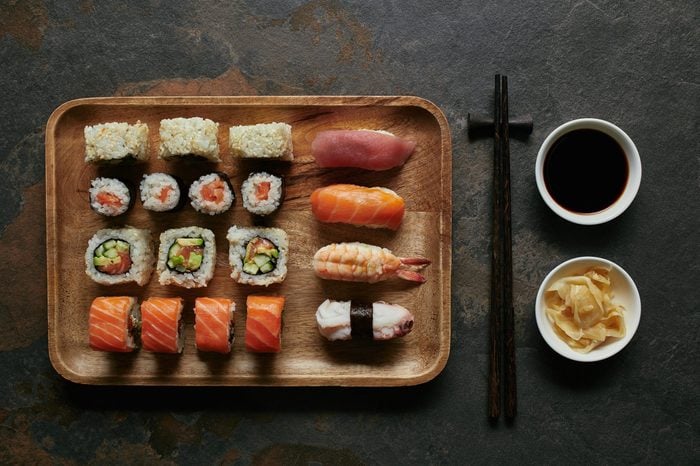
Sushi
Chopsticks are the go-to for most diners when enjoying this traditional Japanese food. But most sushi is actually meant to be eaten with your hands, Japanese chef Hiroko Shimbo told Bon Appetit. Nigiri (a bit of packed rice topped with sushi) and maki (the sliced-up rolls filled with rice, fish, and vegetables) should be eaten with fingers, since pinching them with chopsticks can make the rice fall out or crumble. Only sashimi, which are pieces of fish unaccompanied by rice, should be eaten using chopsticks. If you’re on a date or at an important business lunch, you’ll want to avoid these foods, including sushi, that can be a social minefield.
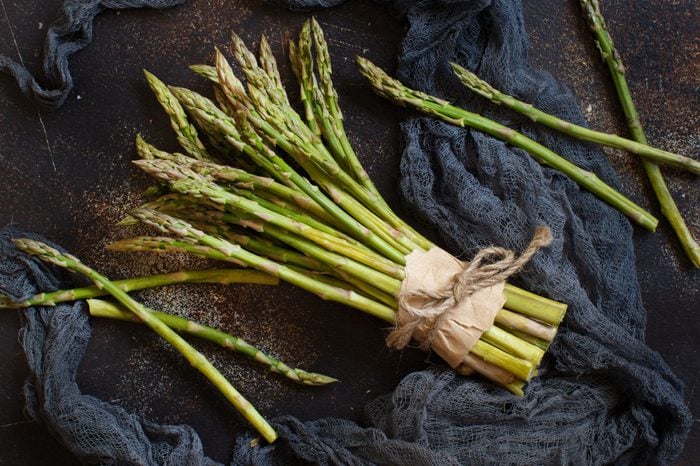
Asparagus
If the long, green spears are crisp and unsauced, it’s 100 percent fine to pick them up with your hands, says Kelly Williams Brown, author of Gracious: A Pracical Primer on Charm, Tact, and Unsinkable Strength. But if the stalks are droopy or dripping in sauce or butter, it’s much more couth to use a fork and knife. Sounds civilized, right? Here are 46 etiquette tips from the Victorian age that should make a comeback.
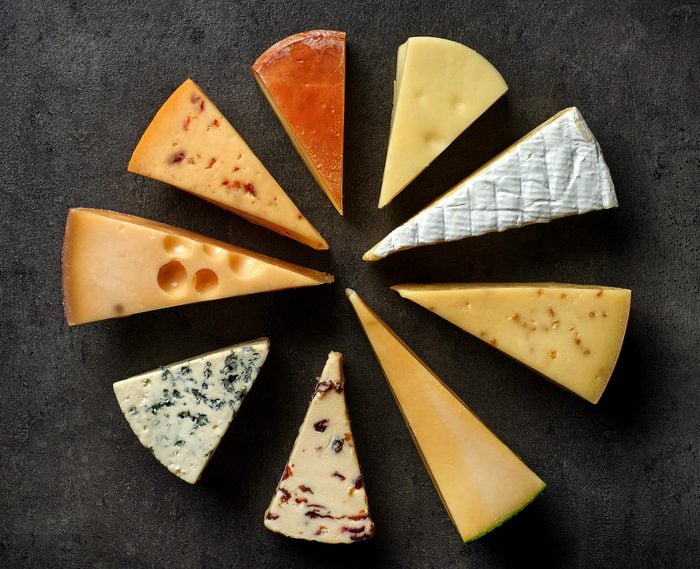
Cheese
Small, bite-size pieces of hard cheeses like cheddar can be popped into your mouth by hand, according to the longtime etiquette experts at Debrett’s. If the cheeses are being served on a shared plate with a shared knife, use that knife to cut the morsels, never your own. Cheese on crackers can also be eaten with your hands.
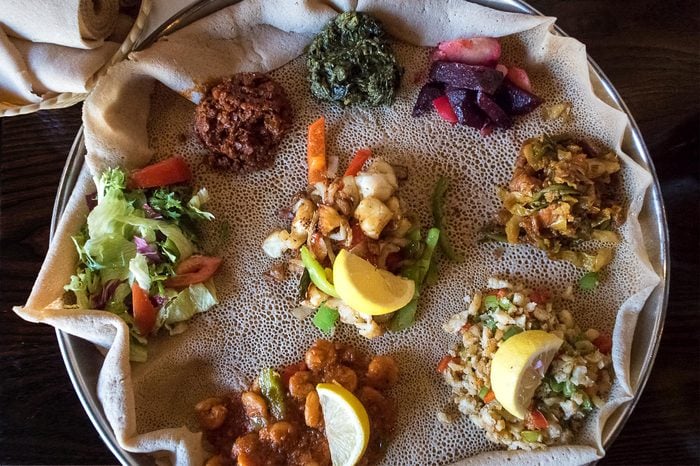
Ethiopian food
When sitting down to feast at an Ethiopian restaurant, you might be surprised by the total absence of cutlery. Instead of forks and spoons, Ethiopian cuisine relies on injera, a large, crepe-like flatbread served underneath heaps of meat and other entrees. Diners are encouraged to tear off a piece of injera and use it to scoop up other foods on the platter. Don’t be afraid to get your hands dirty in the process, say the restaurateurs behind Tadu Ethiopian Kitchen in San Francisco—it’s totally acceptable!
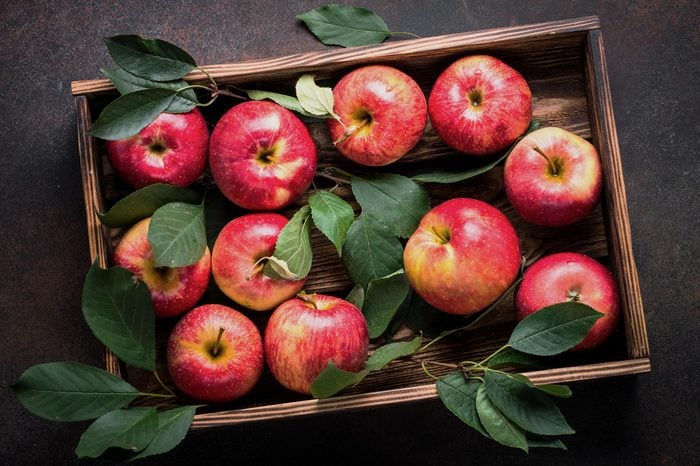
Whole fruit
You can crunch into whole apples, nibble on segments of an orange, and pop grapes into your mouth whole. Fruit is the ultimate finger food—until you cut it up, says Williams Brown. Changing the presentation of the fruit also changes the rules for how to eat it. “If you’re eating fruit that is served raw and by itself, you eat it with your hands. Fruit salad and cooked fruit should always be eaten with utensils,” she says. These unbelievable facts about food might just change how you eat.
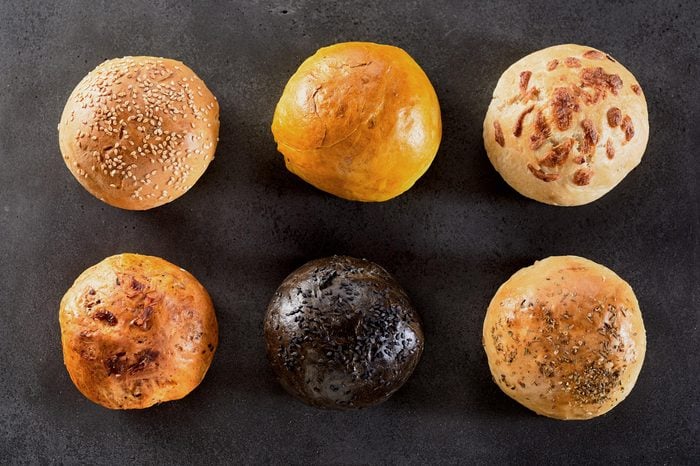
Dinner rolls
If you’re served a biscuit or roll with dinner—even at a fancy restaurant—it’s a finger food. But there’s a polite way to eat it, according to Debrett’s: Rather than buttering it whole and biting into it, pull it apart into small, bite-size pieces then butter each one separately.
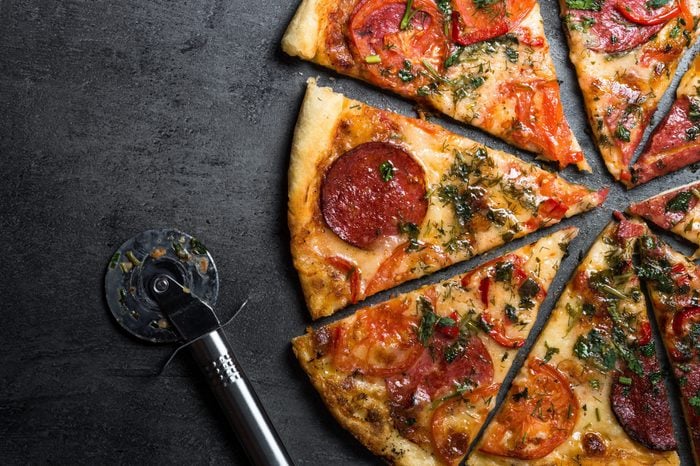
Pizza
In general, it’s perfectly fine to pick up a slice of pizza and eat it with your hands, etiquette expert Peggy Post, author of The Gift of Good Manners, told Good Housekeeping. “The best way to eat it is to loosely fold a slice in half to keep the edges from dripping,” she says. But there are some times when it’s really best to use utensils—like if it’s a messy deep-dish slice, or if you’re eating in it Naples, Italy, where it’s traditional to eat pizza with a fork and knife.
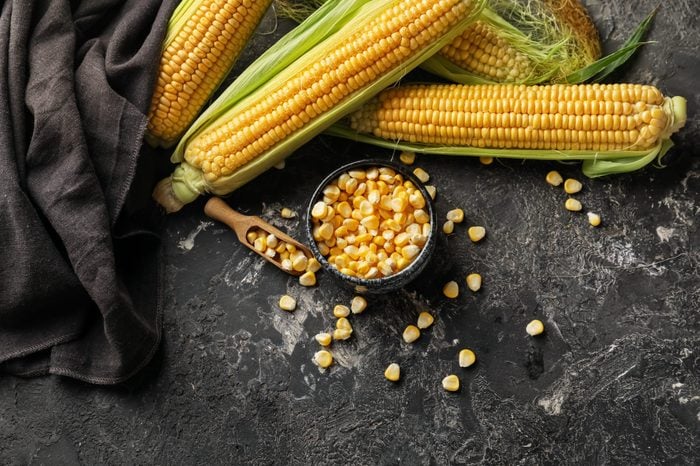
Corn
A summer barbecue favorite, corn on the cob should be eaten with the hands in almost every instance. According to the Emily Post Institute, using a knife to neatly rub a pat of butter on a few rows of the corn cob is fine. But after that, put down your knife! Go slowly, take measured bites, wipe your face of stray kernels and butter drips, and fully enjoy your corn the way it’s meant to be eaten. Find out which foods you’ve probably been eating all wrong.
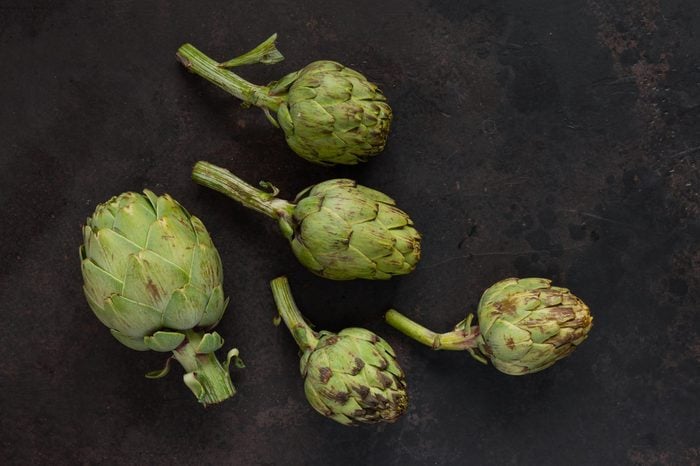
Artichokes
Artichoke hearts chopped into pasta or served pickled on salads should be speared with a fork. But whole, steamed, or stuffed artichokes are an entirely different matter. Eating them leaf by leaf, layer by layer, until you get to the tender heart requires your hands, according to the etiquette experts at the Emily Post Institute. Pull off leaves one by one from the outside in, dip the base of each leaf in sauce, and scrape off the edible part of the vegetable by putting it between your teeth and pulling forward. The discarded leaves should then be placed on your plate, or a separate one if the host has provided one. Then, once you’ve eaten all the leaves, it’s time to pull out a fork and knife to cut up the heart and eat it.
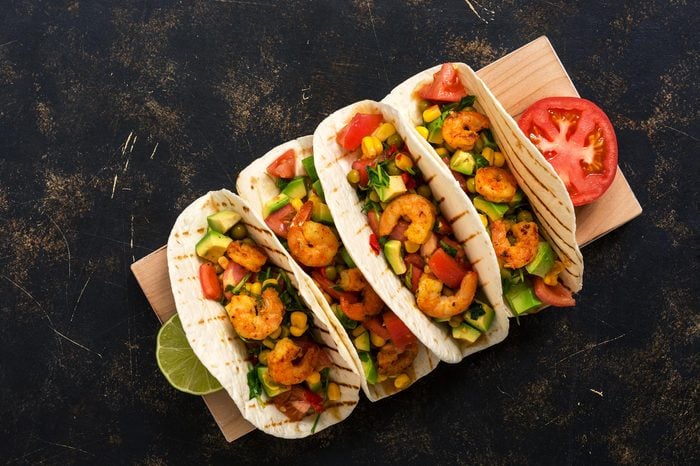
Tacos
Soft or crispy, tacos are generally considered a hand-held food—unless they start to come apart. “A taco should be eaten with fingers until or if it loses its structure,” says Williams Brown. “Once it falls apart, it’s easier to get all of that delicious food with a fork.” Here are some more etiquette rules you should follow when you’re at a restaurant.
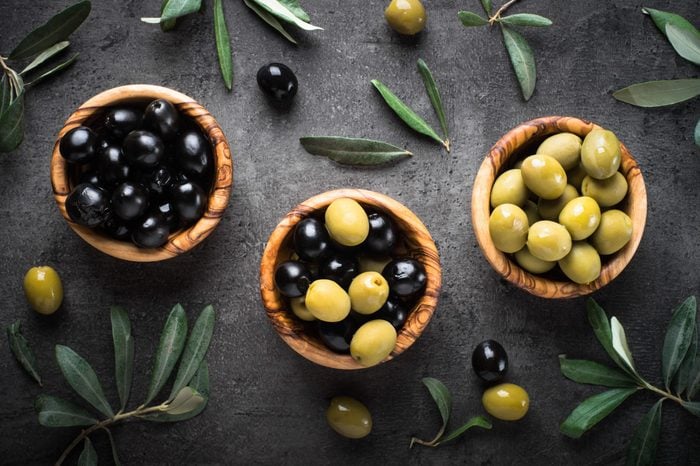
Olives
If the olives are in your pasta, salad, or other food, eat them with a fork. But when you’re eating individual olives, like from a cheese plate or hors d’oeuvres bowl, the Emily Post Institute says it’s polite to use your fingers. It’s even okay to take the pit out of your mouth with your hands, if you modestly block the motion with your other hand.
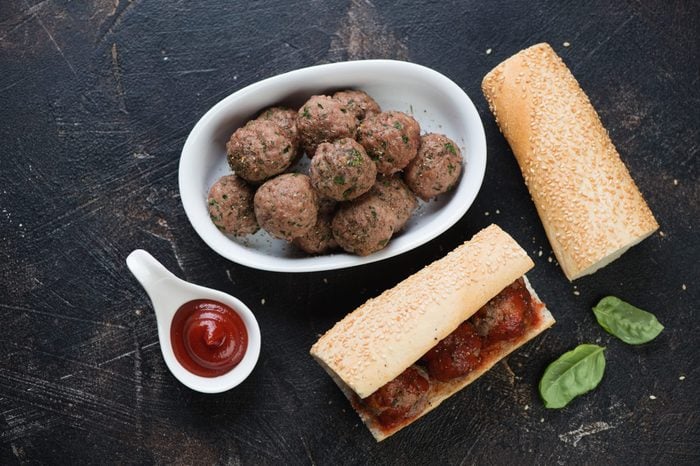
Saucy sandwiches (sometimes)
Being able to eat with your hands is one of the best things about sandwiches. But saucy ones like meatball subs can present an etiquette challenge. “Bread covered in gravy ceases to be a sandwich, and a fork and knife is necessary,” says Williams Brown. “However, if you feel like you can handle a substantial amount of sauce without getting it on your hands, live your truth. Eat with your hands.” If you’re still unsure about when you can chuck your fork and knife in favor of using your fingers, the best rule of thumb is to follow the crowd. If your host is eating with their hands, dig in without a second thought, says Williams Brown. Now that you know what you can eat with your fingers, make sure to brush up on these important table manners.
Every product is independently selected by our editors. If you buy something through our links, we may earn an affiliate commission.
